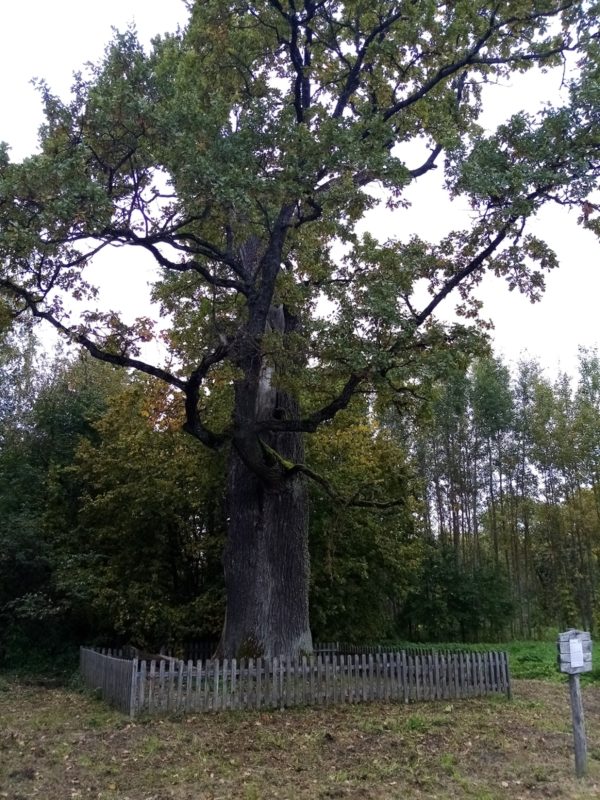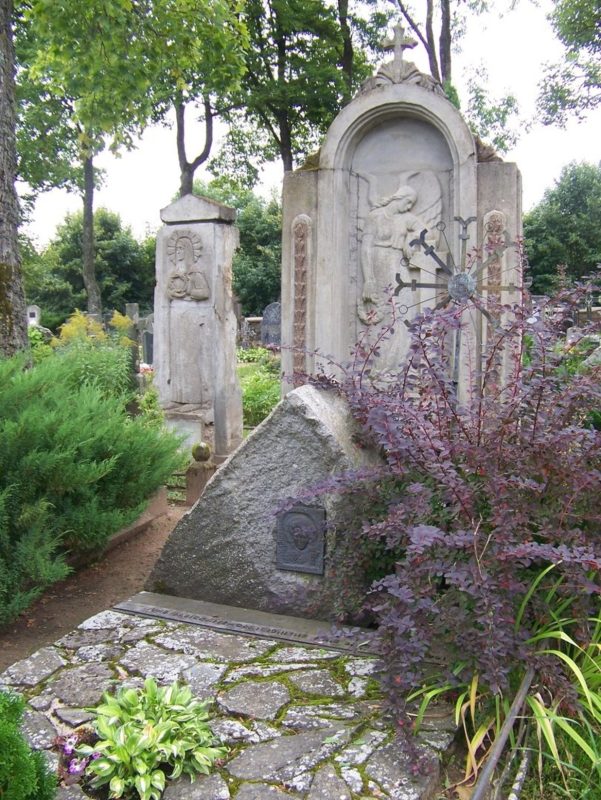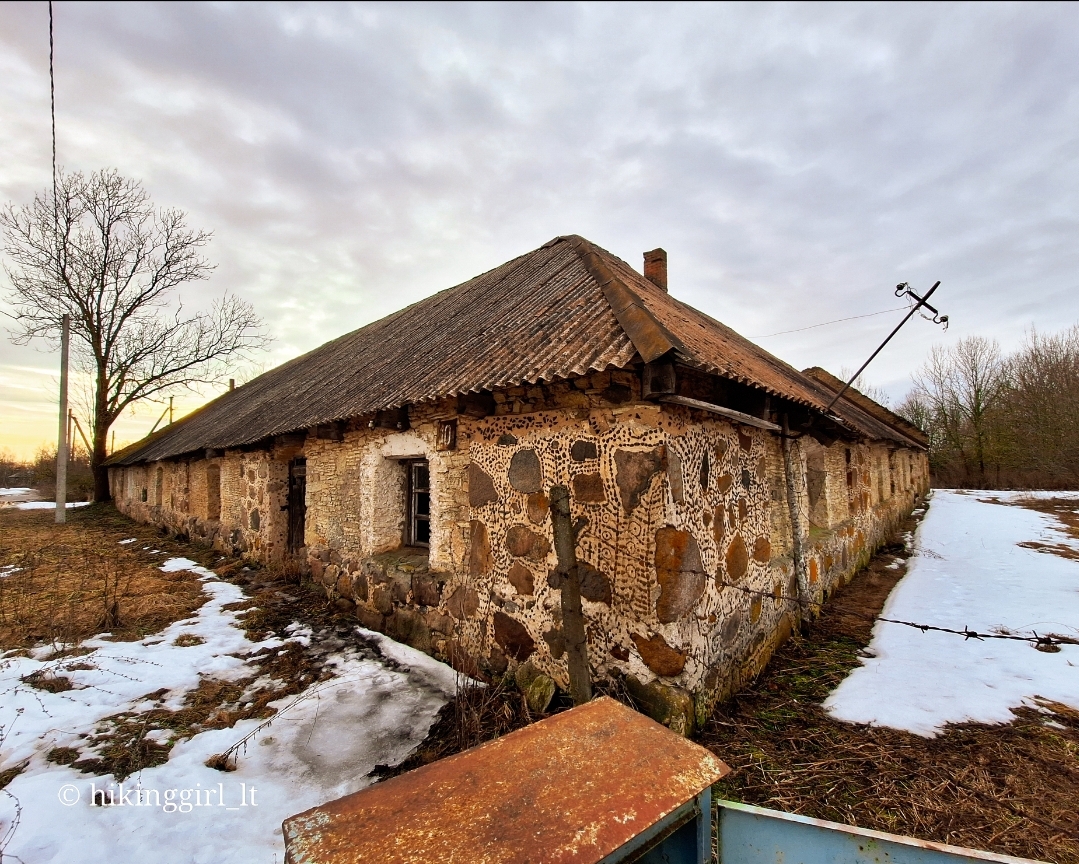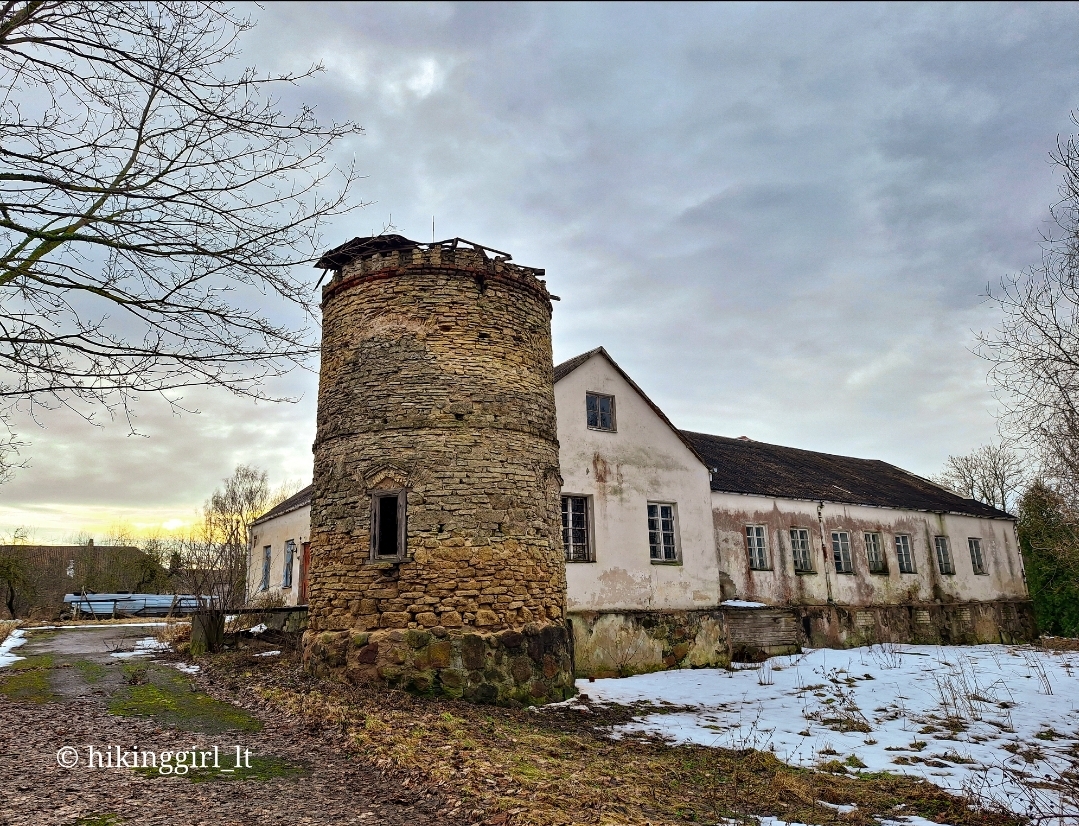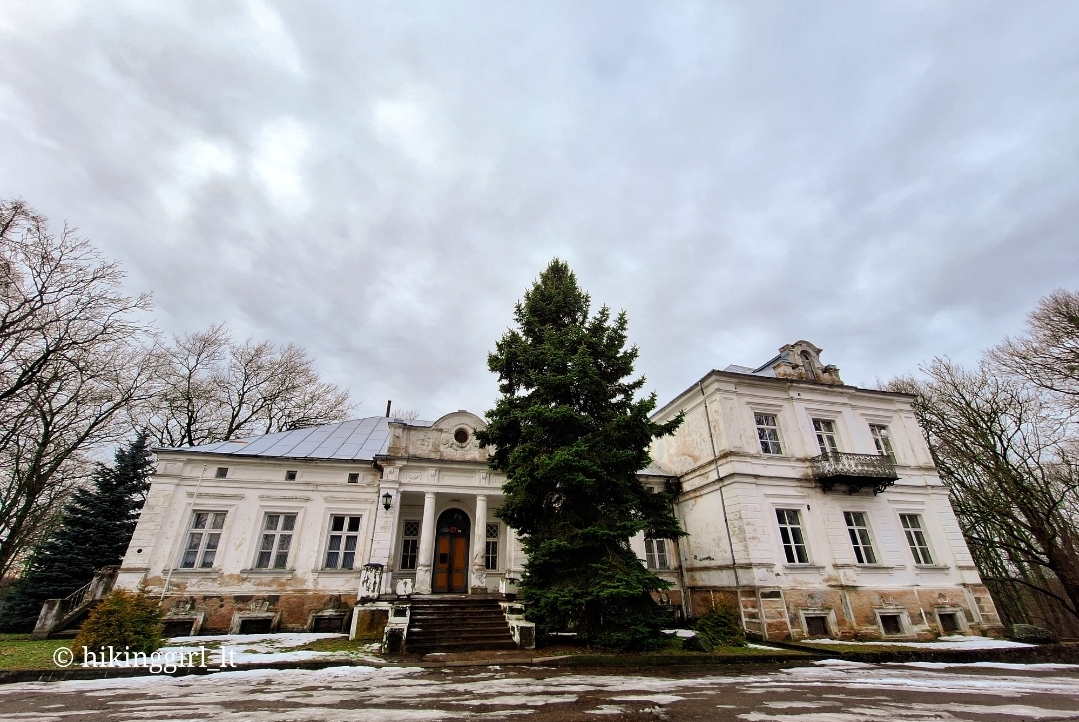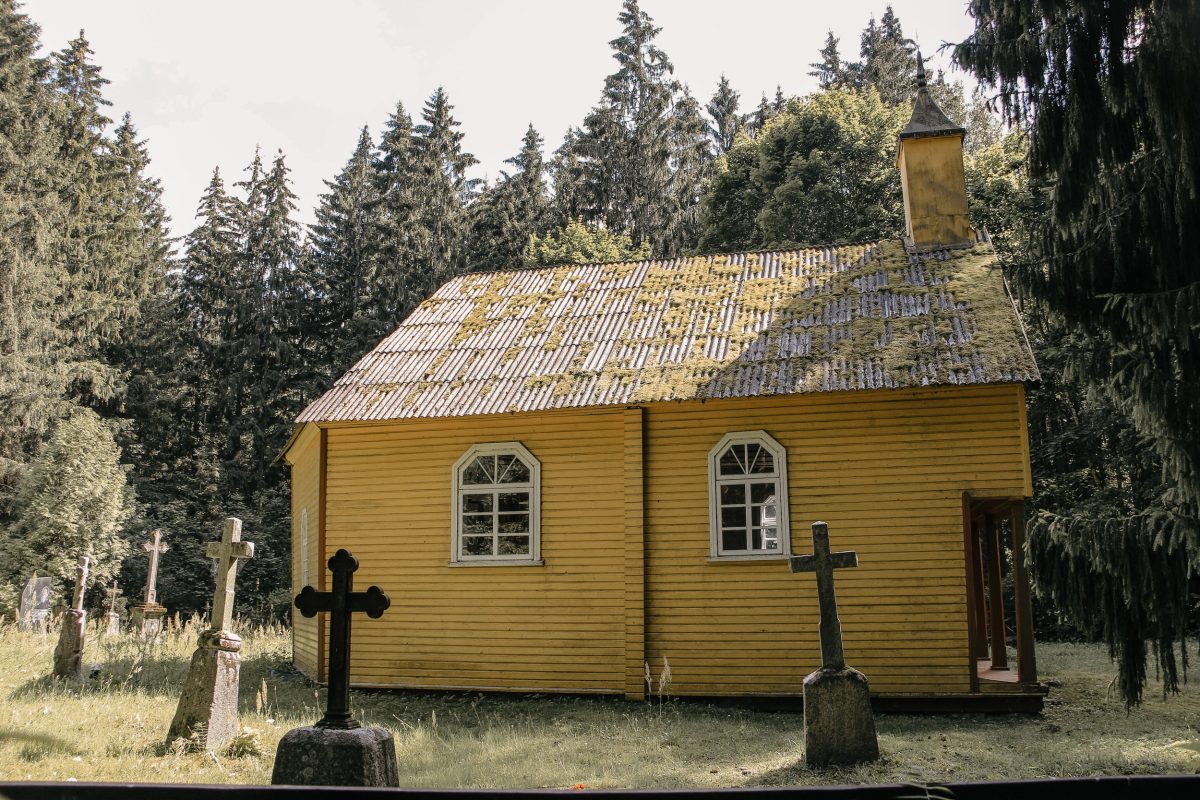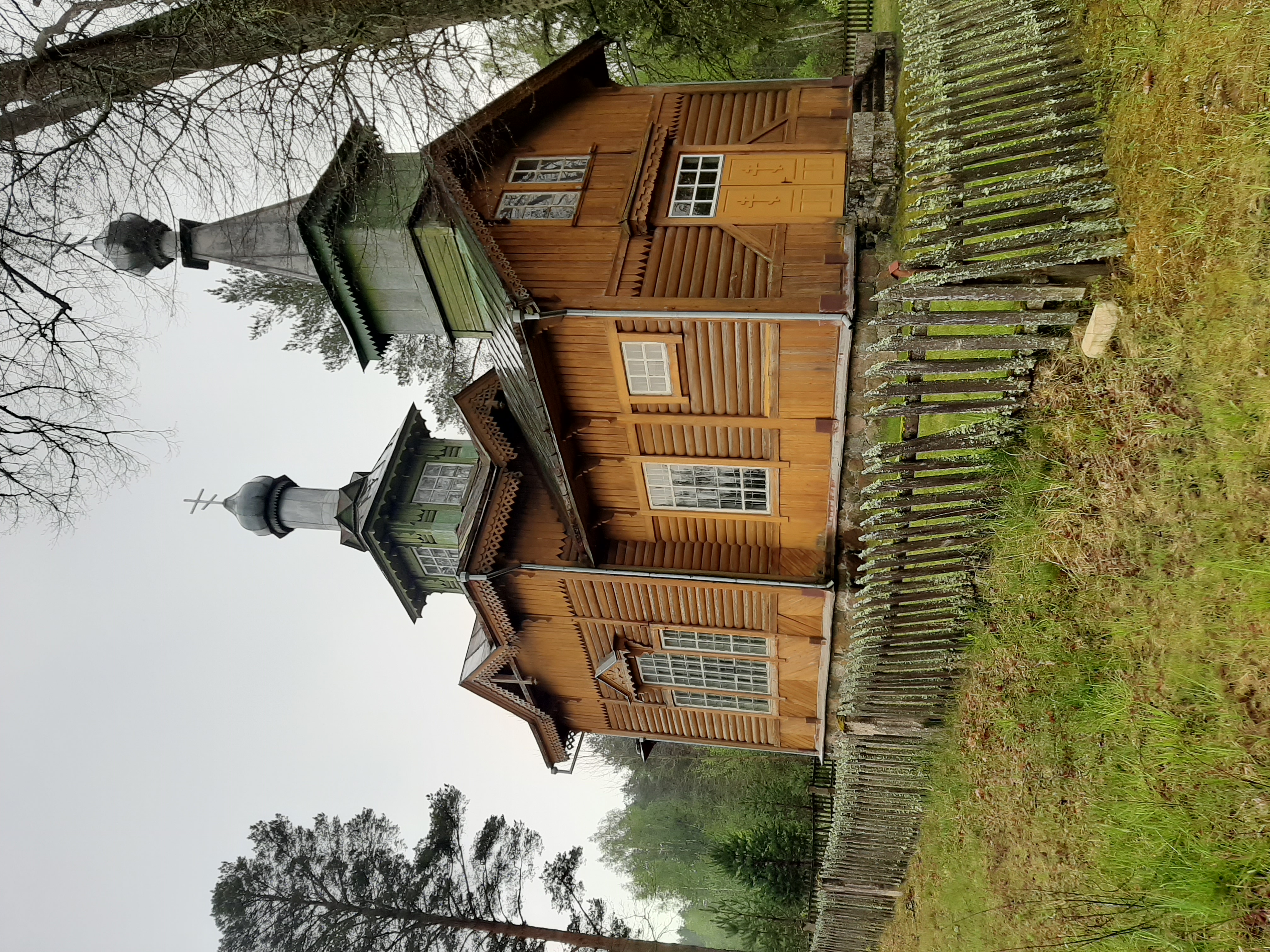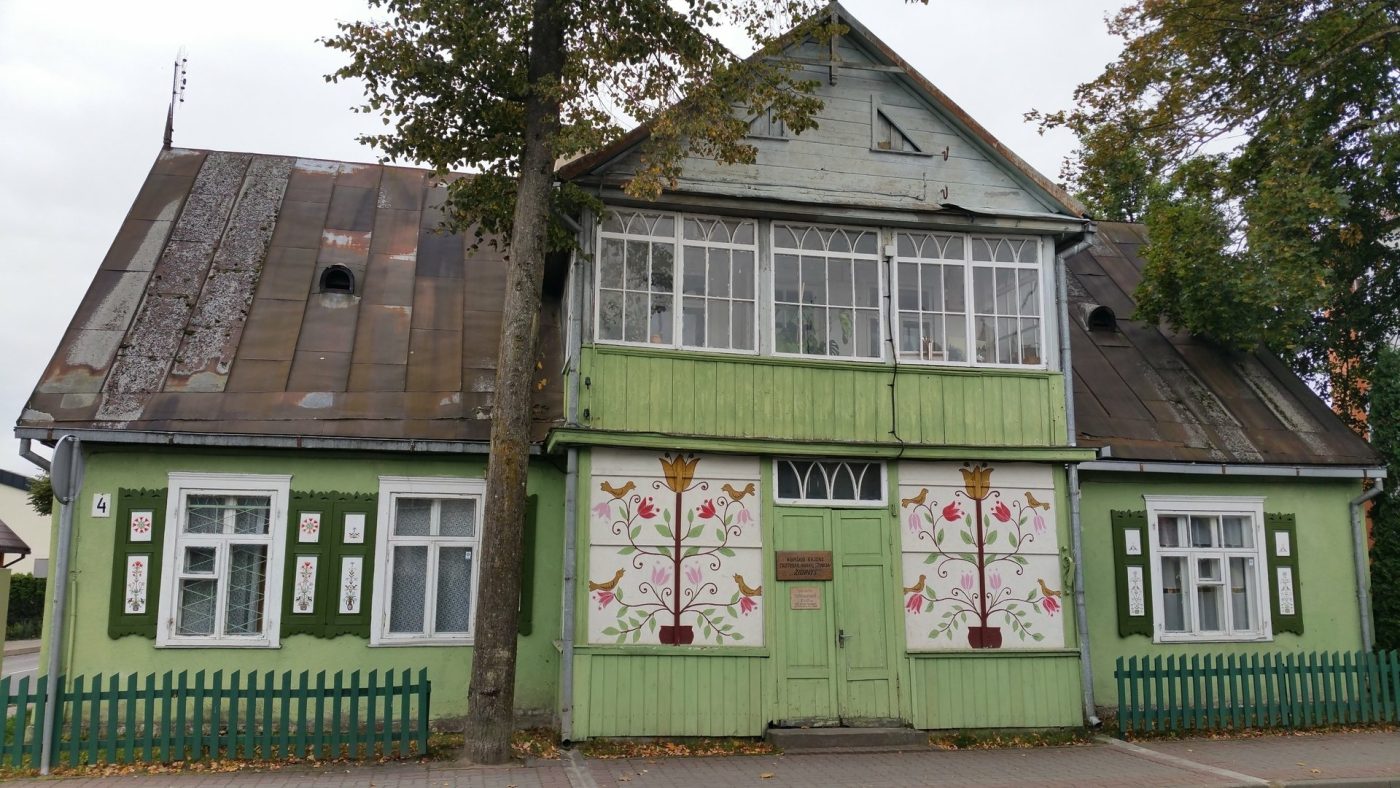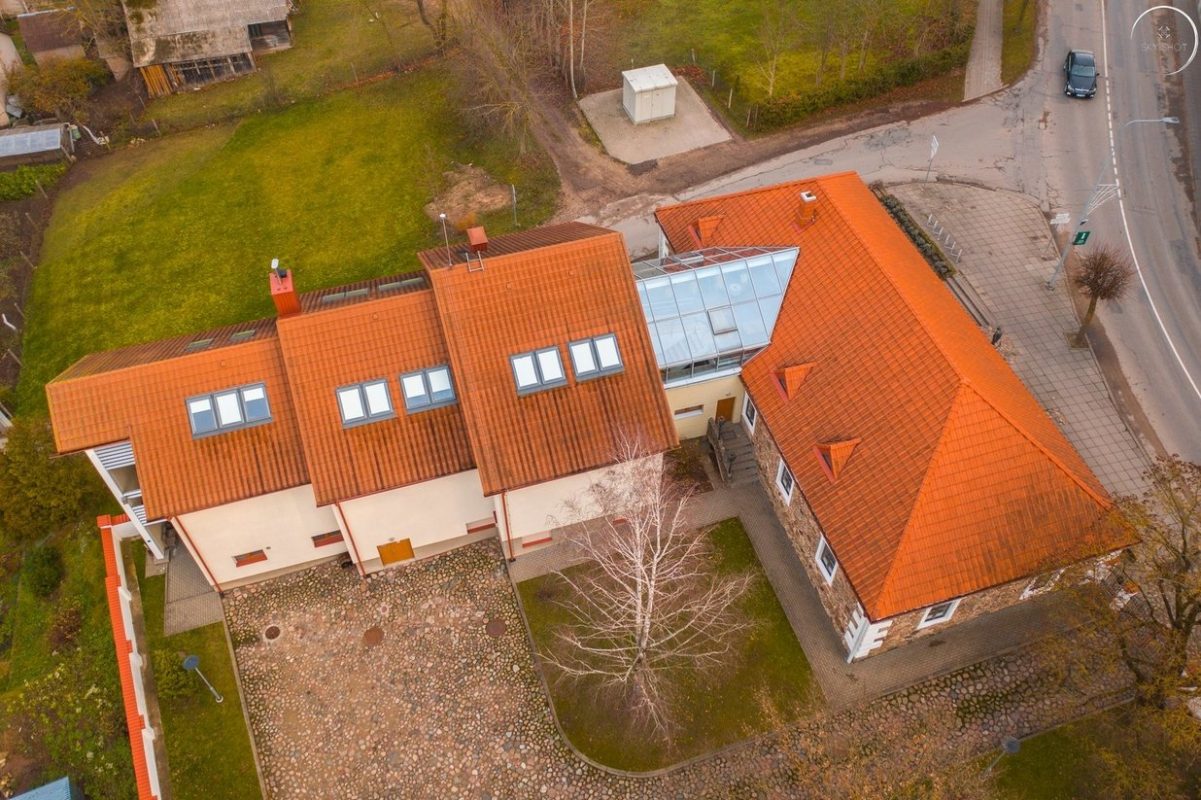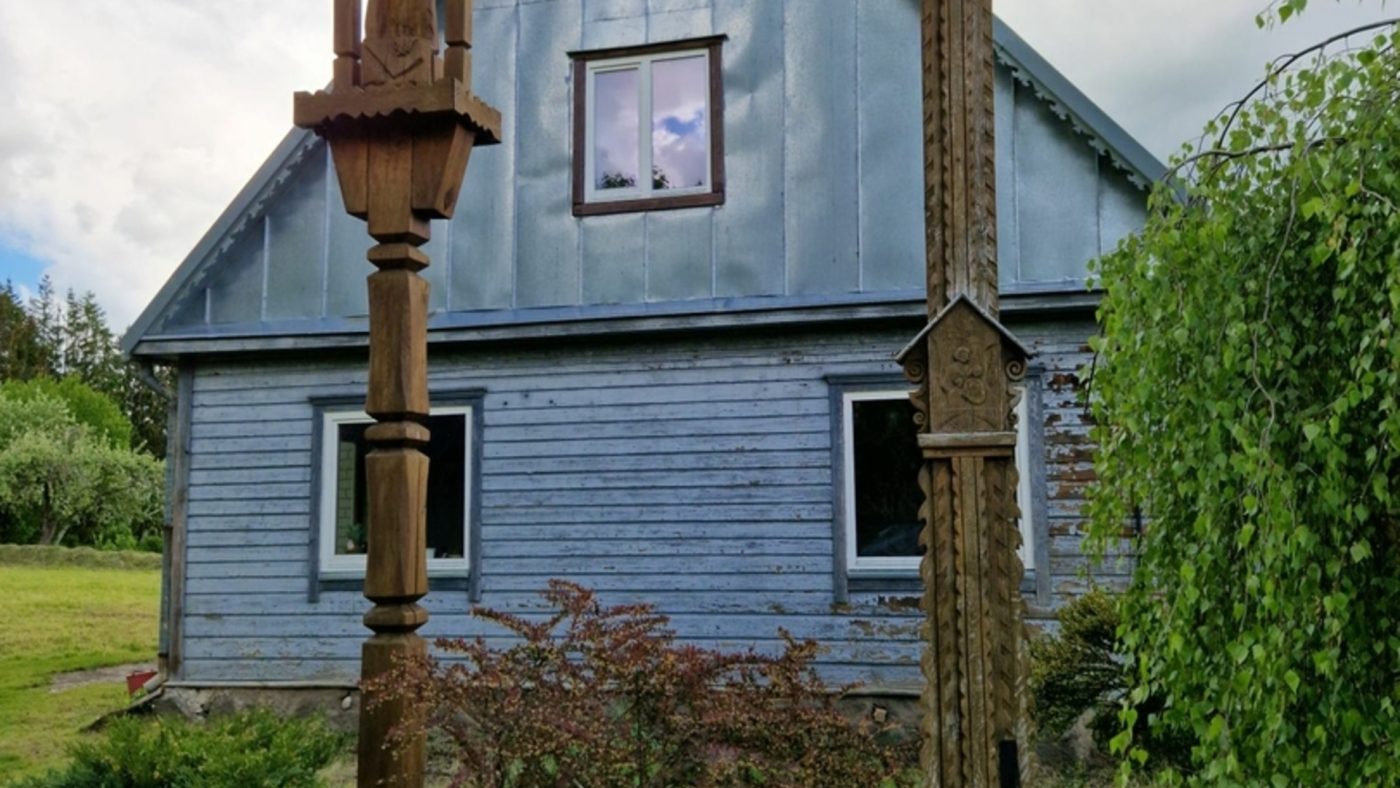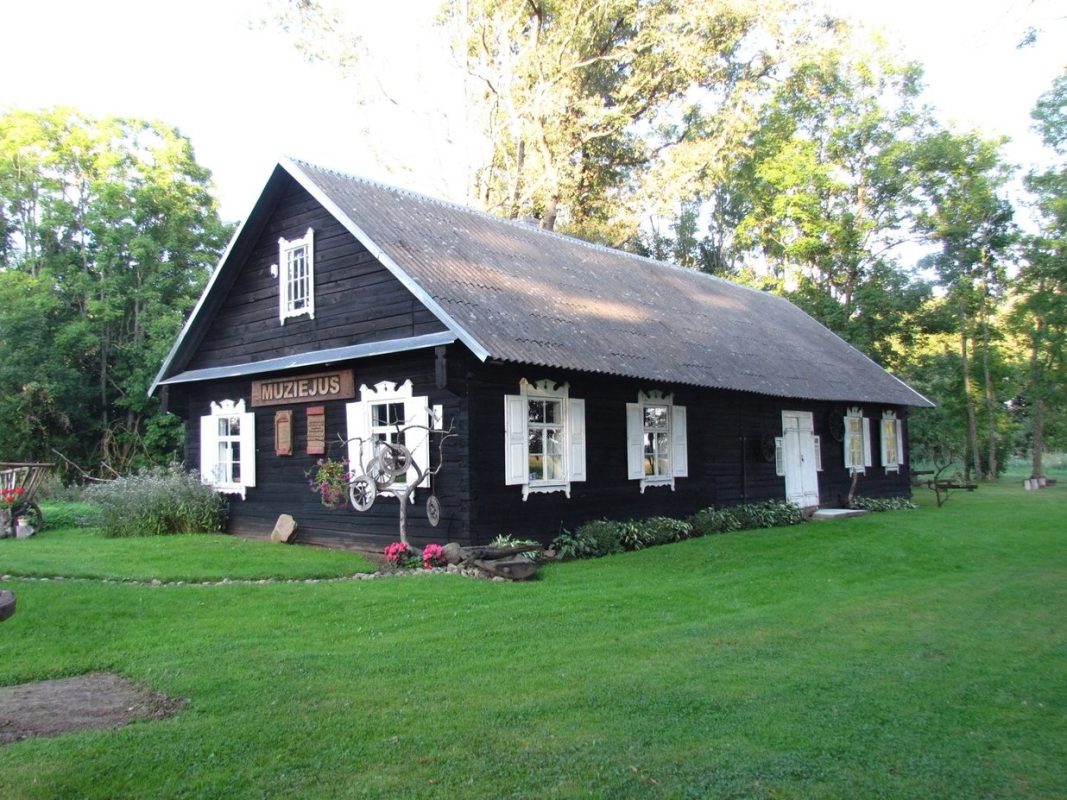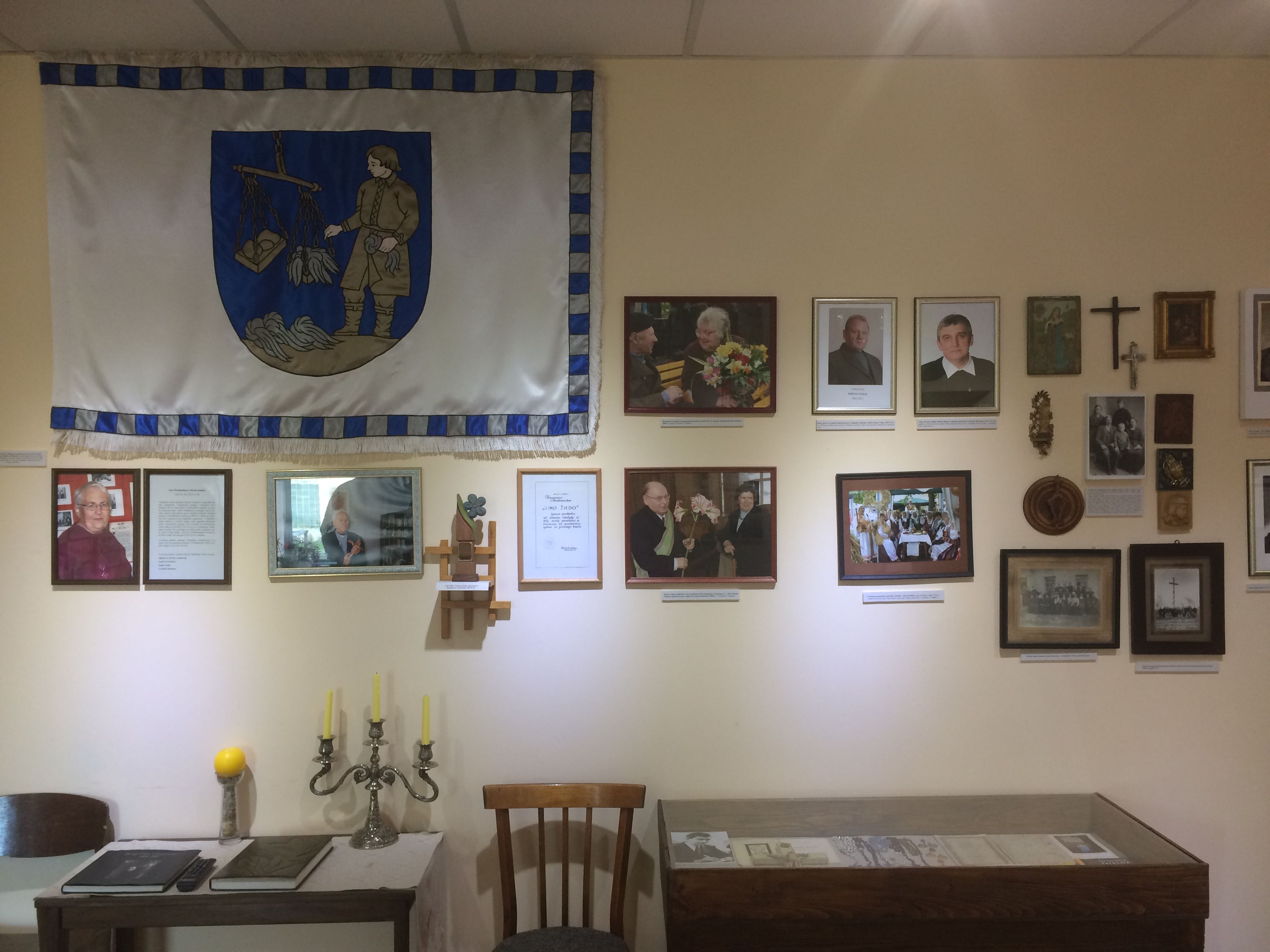Buivėnai Cemetery (Giants' Graves)

277

1

1
5 out of 5
(1 reviews)
Buivėnai Cemetery, also known as the Giants' Graves, is an important archaeological monument from the 16th–17th centuries, located in Buivėnai Village. In 1983, under the leadership of archaeologist Povilas Tebelškis, archaeological excavations uncovered 13 graves, with six male and two female burials identified. The findings from this cemetery are a significant part of Lithuania's history.
Info
-

Historical Heritage
-
Buivėnai Cemetery, also known as the Giants' Graves, is an important archaeological monument from the 16th–17th centuries, located in Buivėnai Village. In 1983, under the leadership of archaeologist Povilas Tebelškis, archaeological excavations uncovered 13 graves, with six male and two female burials identified. The findings from this cemetery are a significant part of Lithuania's history.
Unique Burial Findings and Their Historical Context
During the excavations, 48 artifacts were collected, including 36 coins minted during the reigns of prominent Lithuanian Grand Dukes: Alexander Jagiellon, Sigismund the Old, Sigismund Augustus, and Stephen Báthory. Particularly notable were three rare Lithuanian coins, featuring the Vytis on the obverse and Gediminas' Pillars on the reverse. Other discoveries included five knives (four sheathed and one inserted), a bronze buckle, a bronze ring, a bone awl, and a cylindrical tin spindle whorl.
Recognition and Protection of Buivėnai Cemetery
In 1992, Buivėnai Cemetery was registered in the Cultural Heritage Register,
and in 1998, it was declared a cultural monument. In 2005, this unique cemetery was recognized as a state-protected site, underscoring its importance to Lithuania's cultural heritage.
Buivėnai Cemetery: An Important Lithuanian Archaeological Heritage
Buivėnai Cemetery is a significant archaeological monument that helps us understand the history and culture of Lithuania. This cemetery reflects a historical period during which important political and cultural changes took place in Lithuanian lands. It is one of many reasons why Buivėnai Cemetery is not only an important heritage site but also an interesting place to visit.
The archaeological findings from Buivėnai Cemetery reflect the lifestyle and culture of that era in Lithuania. The discovered coins and other items provide deeper insight into the daily life, crafts, and economic connections of the time. Therefore, Buivėnai Cemetery is not only a significant archaeological find but also an important part of history that helps to understand Lithuania's past and preserve its cultural heritage.
Found a mistake?
Report
Whats new?
Nearby attractions
Nearest museums

 Entertainment
Entertainment
 Food establishments
Food establishments





























 55.812734, 24.882176
55.812734, 24.882176
 Get directions
Get directions








